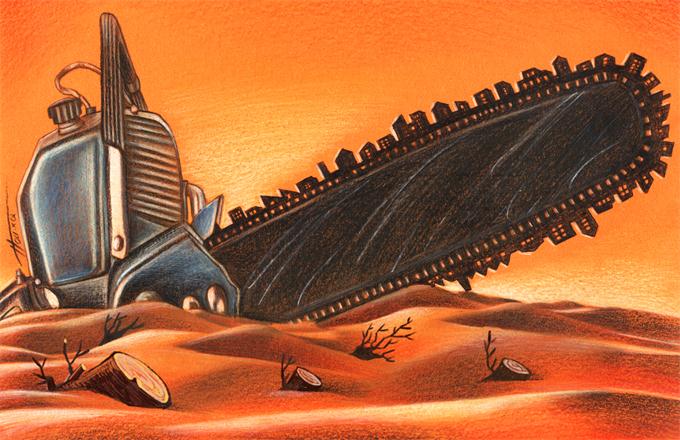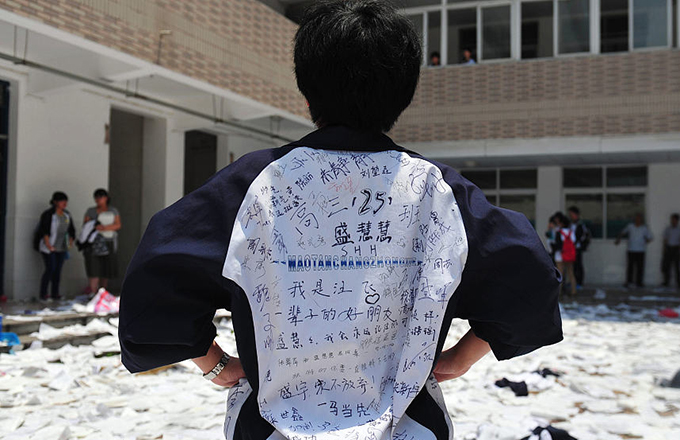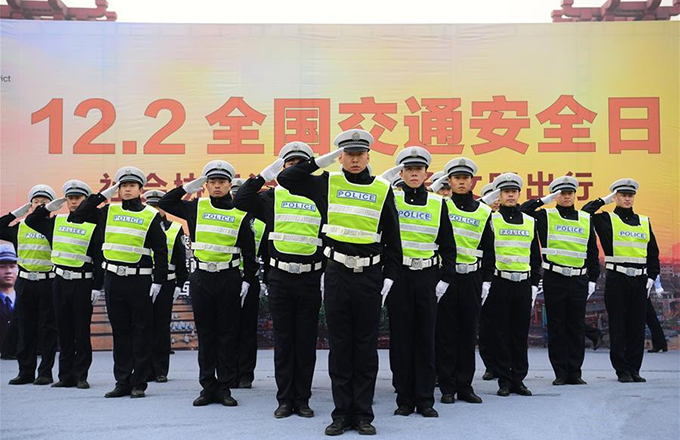One Belt One Road - CPEC- Pakistan
One Belt One Road (OBOR) will surely connect "hearts" in countries along with the roads. The China Pakistan Economic Corridor(CPEC) is a 3,000 km system of roads, railways and pipelines connecting Kashgar in Xinjiang region and Pakistan's Gwadar Port.People from all walks of life believes that Pakistan is main partner of the Belt and Road, instead of a connecting link. OBOR should be cherished, because it would bring tangible benefits to the whole world by creating many opportunities for development, which is expected to benefit tens of millions of people and is helpful to primarily eliminate religious extremism and societal violencefrom the entire region.Pakistan is poised to reap the benefits of the Belt and Road initiative in the short span of two years. Other countries can also follow.
Belt and Road Initiative is not only a development strategy and political agenda, it manly focuses on China's effort to make this world a better place for livingby prioritizing the capacity cooperation in all areas. OBOR was proposed by Chinese supreme leader Xi Jinping that emphases on friendship and collaboration among countries mainly between the People's Republic of China and the rest of Eurasia, it consists of two main components, the "Silk Road Economic Belt" (SREB) and "Maritime Silk Road" (MSR).
The China Pakistan Economic Corridor (CPEC) and the Bangladesh-China-India-Myanmar (BCIM) Economic Corridor are officially declared as "Links to the Belt and Road Initiative". In the main stream media, this peculiarity is marginalized and the networks are counted as components of the initiative. The CPEC in particular is often regarded as the link between China's maritime and overland silk road, with the port of Gwadar emerging as crux of the CPEC project.
One Belt One Road is believed to be a way to extend Chinese help and influence to fight for regional poverty and developing the basic infrastructure. The four trillion USD estimated project isa well-thought-outmasterplan by China to establish itself as a world-leading economy and to spread its power, particularly in the South Asian region. China has already invested billions of dollars in several South Asian countries like Pakistan, Nepal, Sri Lanka, Bangladesh, and Afghanistan to improve their basic infrastructure, with important inferences for both China’s trade regime as well as its defense beyond physical borders. The possibility of China creating hegemony in the South Asian region could lead to India’s encirclement and ensuingpartnership or even isolation.
When President Xi Jinping publicized the aspiring Belt and Road initiative, several international analysts and economical experts predicted that it might take years and perhaps decades before the initiative can be implemented. The CPEC was disclosed during President Xi’s visit of Pakistan in early 2015. It is a 46.5-billion-dollar mammoth plan to build a network of roads, railways, energy projects, business parks and related infrastructure to connect western China with Gwadar. Several projects are being implemented already.
Built by Chinese workers and opened in 2007, Gwadar is undergoing a major expansion to turn it into a full-fledged deep-water commercial port.The project received a major boost when control of Gwadar Port was transferred to China's state-owned China Overseas Ports Holding in February 2013. China plans to build oil storage facilities and a refinery at Gwadar Port, with oil transported to its Xinjiang Uighur Autonomous Region via road and pipeline. This will let it move energy and goods to inland China without going through the Strait of Malacca, which could be blocked by the U.S. or India.
Pakistan's Prime Minister and Army Chief accompanied by China's ambassador Sun Weidong inaugurates the Gwadar port to operationalize the trade activities. The cargo handling activities at Gwadar shows that it is becoming a reality much faster than imagined. Operationalization of Gwadar port showed Pakistan's commitment to the Belt and Road initiative. Experts consider that Belt and Road project integrates with Pakistan's future development plan-2025, which seeks to transform Pakistan into a hub of trade and commerce, harnessing its geo-strategic location into a geo-economic advantage. Pakistan is also trying to expand the CPEC to include countries like Iran so that it helps to integrate South Asia, China and Central Asia for greater economic opportunities.Pakistan and the Six Gulf Countries are located in the west intersection zone of the belt and road, which makes them important partners of China
Belt and Road is termed as a platform for win-win cooperation. CPEC provides the shortest route for China to export its finished goods to the Middle East, Africa and Europe. The Asian Development Bank terms the project as "CPEC will connect economic agents along a defined geography. It will provide connection between economic nodes or hubs, centered on urban landscapes, in which large amount of economic resources and actors are concentrated. They link the supply and demand sides of markets."It also provides a reliable alternative trading avenue for China in addition to existing ones. Full operationalization of CPEC would help China to save a lot of time and resources in its trade with the world.
According to experts, the completion of Gwadar would make it the economic hub of Baluchistan and create a strategic nexus between Pakistan, China and Central Asia, generating billions in revenue and providing shorter land routes. The United States, wary of Chinese strategic access to the Arabian Sea and its presence in the region, has reportedly tried several times to persuade Pakistan against involving China in the development.India, which maintains tense relations with Pakistan, has viewed the project with objections, Prime Minister of India, during his visit to China raised his objections over the corridor. However, Chinese President Xi Jinping dismissed the statements, describing CPEC as a "commercial project."India may also have apprehensions over China's access to the sea, and has invested significantly in the Port of Chabahar in neighboring Iran. The development of Chabahar, which lies a few miles away from Gwadar, is part of India's efforts for access to landlocked Afghanistan and Central Asia while bypassing rival Pakistan.
Pakistan is the real beneficiary of the CPEC, as it brings Chinese investment, expertise and trained manpower to undertake several projects of development. The world's largest solar power project will be undertaken at the Quaide-Azam Solar Park in Bahawalpur. The project will be worth 900 megawatts on an investment of $1.5 billion by the Chinese company Zonergy Limited. Chinese support is provided at a time when no other nations were ready to invest or support economic activities in Pakistan due to the law and order situation. Working together to create the China-Pakistan Economic Corridor and the Gulf pearl chain, and to build a new West Asia Silk Road, is the common aspiration of both sides, but in the implementation, it is necessary to respect the cultural tradition of Islamic countries. Thus, we have a classic example of cooperation which enhances connectivity, trade, economic development and material welfare. It is happening fast. This is what the world needs; quick developmental projects that can change the economic outlook and bring visible changes to the lives of the people.
The spirit of OBOR “win-win cooperation, egalitarianismand common development”.
























